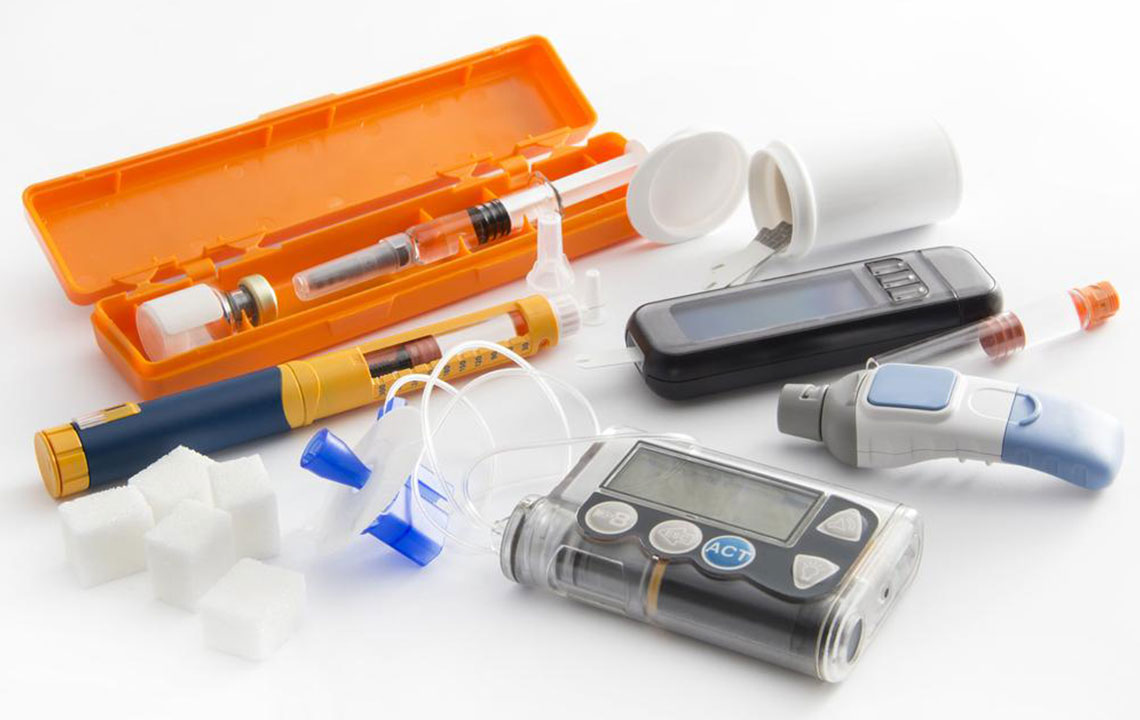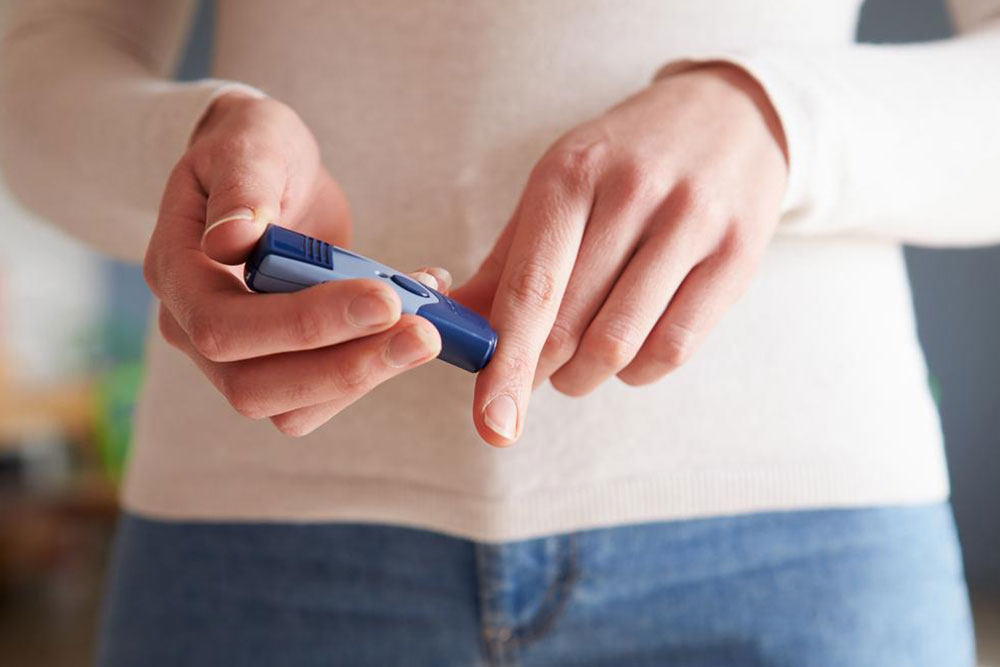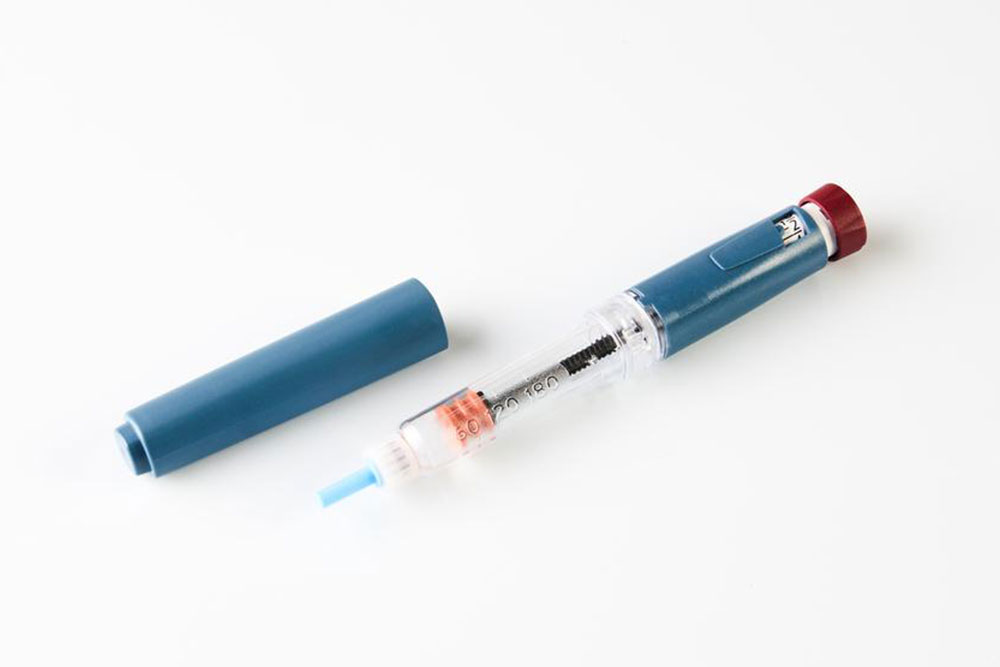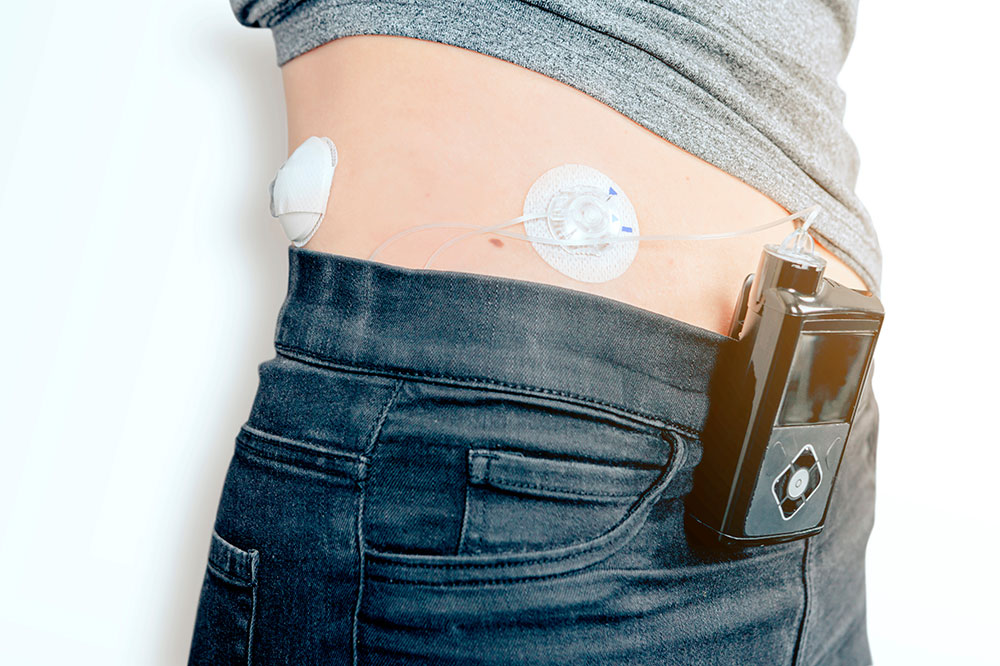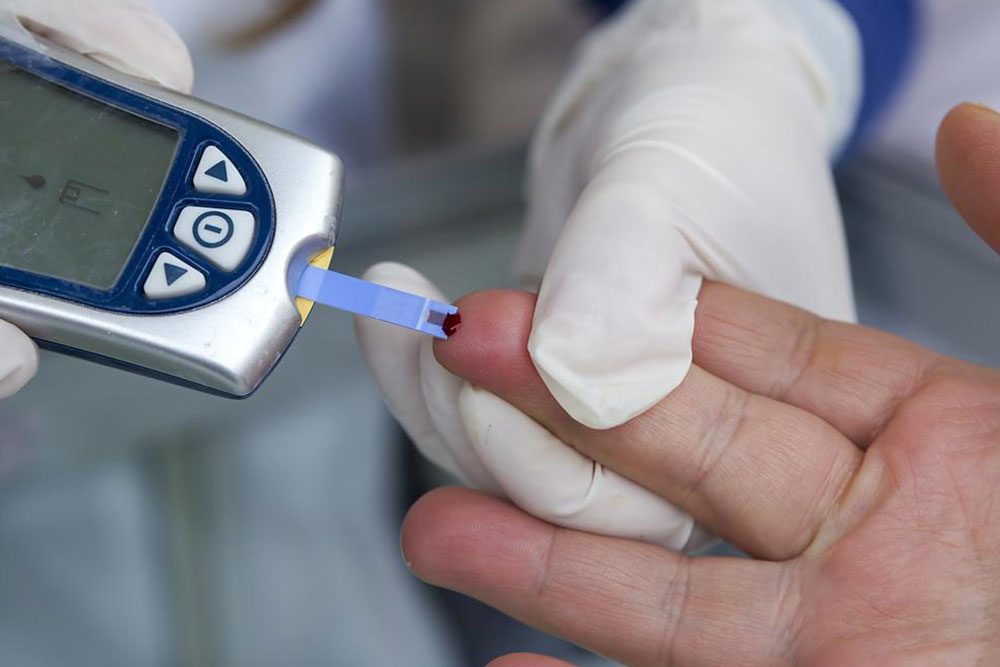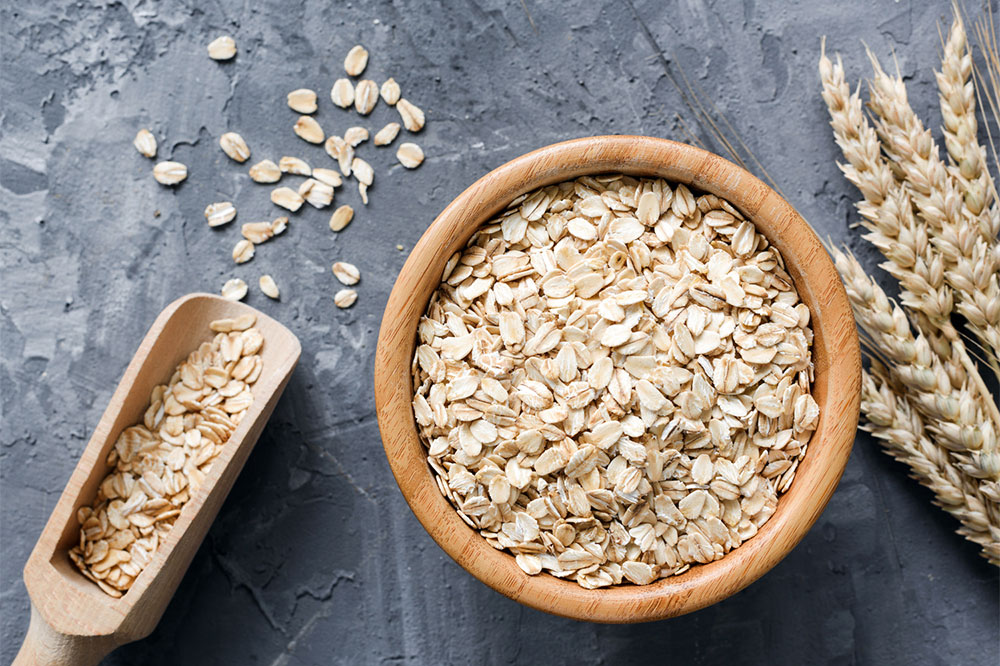Understanding Insulin Pumps: A Comprehensive Guide
This article provides a detailed overview of insulin pumps, explaining their components, operation, and maintenance. It highlights how these devices help in diabetes management by delivering insulin continuously. Proper training, regular upkeep, and understanding usage are crucial for effective therapy. Always consult with a healthcare professional for personalized advice on insulin pump use and maintenance. This guide aims to inform readers about the benefits and proper handling of insulin pumps to enhance diabetes care.
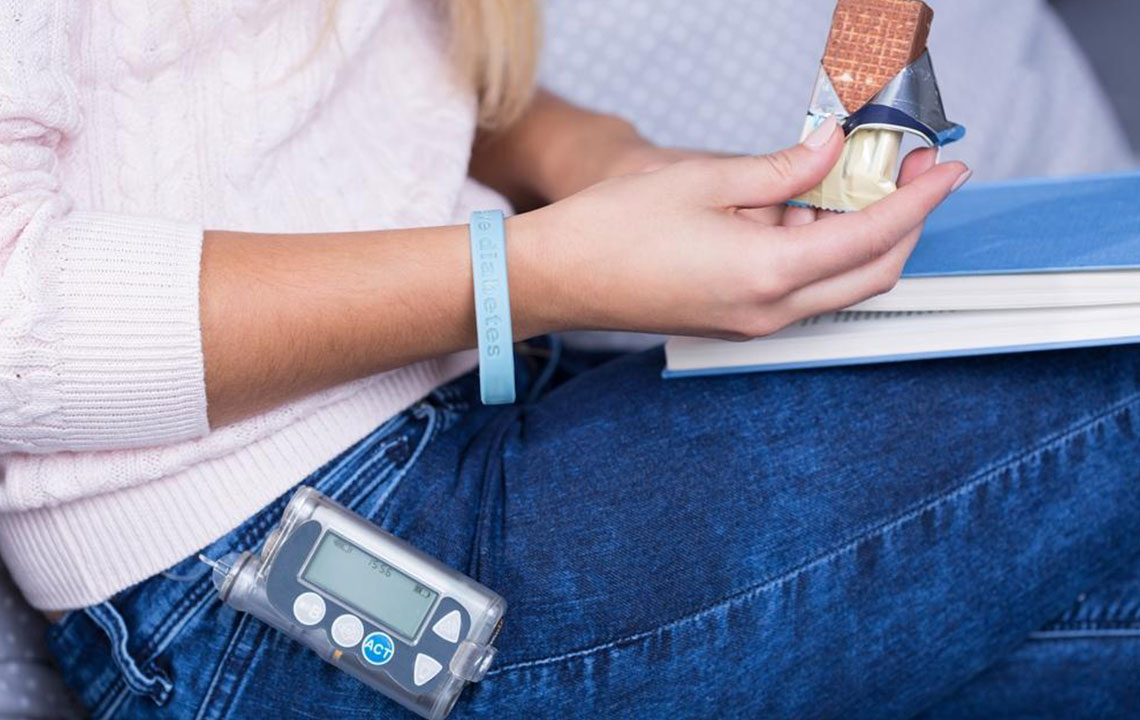
What Are Insulin Pumps?
Insulin pumps are compact, portable devices designed to assist insulin delivery for diabetes management. They provide a steady flow of rapid or short-acting insulin directly into the body. Typically, long-acting insulins like Lantus or Levemir are not suitable for use with these devices.
Components of an Insulin Pump
The device includes several key parts:
Pump Unit: About the size of a deck of cards, it contains the insulin reservoir, battery, microchip, and a pumping mechanism.
Tubing: Transfers insulin from the reservoir to the infusion site.
Infusion Set: A small tube connected to the skin, delivering insulin into the body.
Operating the Device
Proper training is essential to effectively use an insulin pump. Your physician will guide you through the process.
Start by filling the insulin reservoir using a vial or cartridge, ensuring minimal air is introduced.
Connect the infusion set to the reservoir and activate the pump to purge air.
Attach the infusion set to your skin—common sites include arms, thighs, abdomen, or buttocks—and program your basal rate, which controls continuous insulin delivery.
Your healthcare provider will assess your needs and help you fine-tune the settings. Regular refilling and infusion set changes are necessary every few days.
Maintaining Your Insulin Pump
Maintaining an insulin pump is straightforward. Key tasks include:
Refilling insulin as required.
Replacing infusion sets regularly.
Changing batteries when necessary.
Most pumps can hold insulin for up to five days and alert you when supplies are low. It’s best to warm insulin to room temperature before use to prevent air bubbles. Follow your pump’s manual for optimal care.

